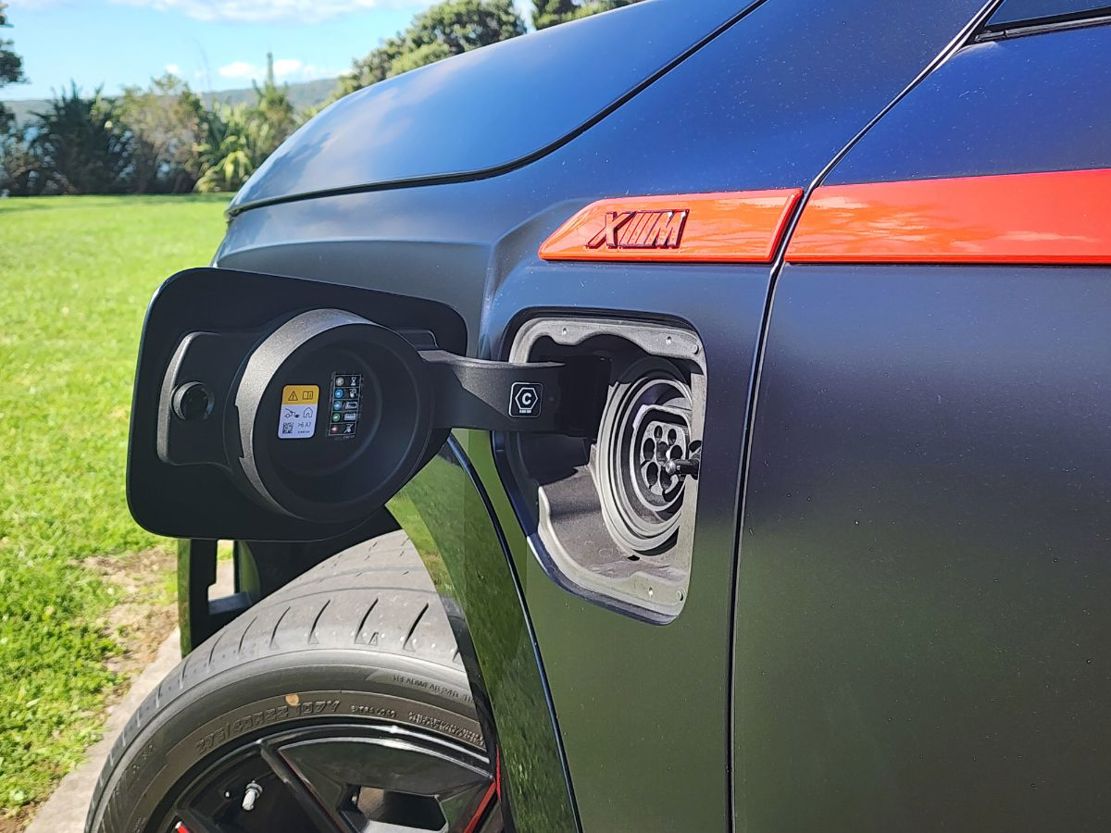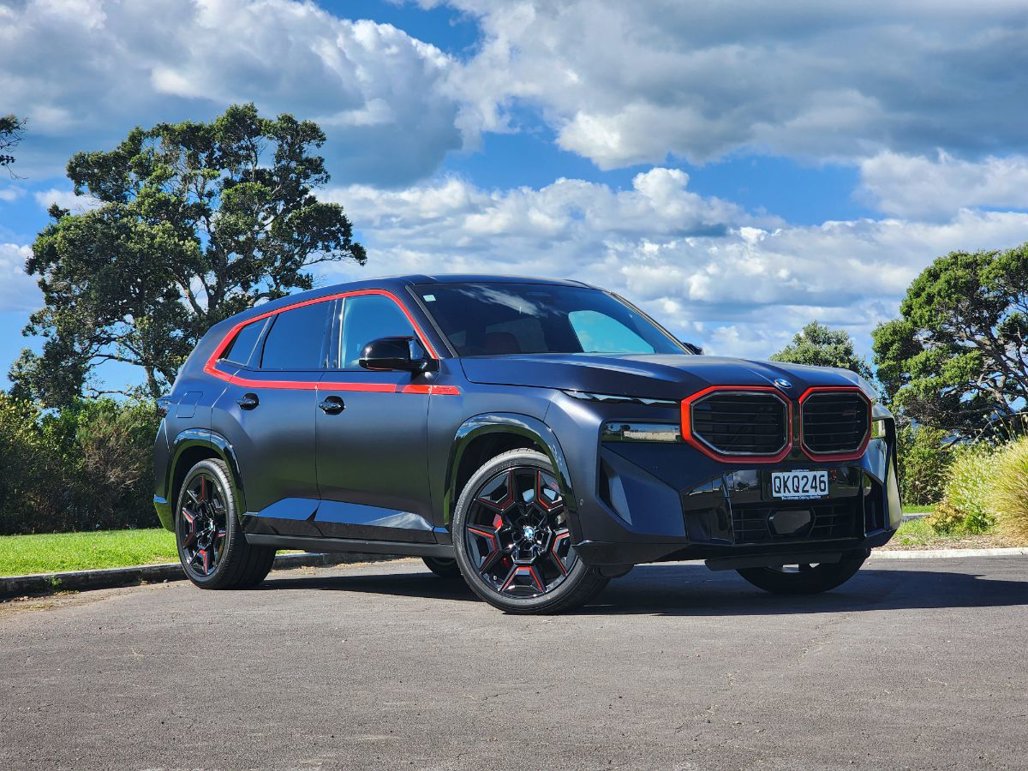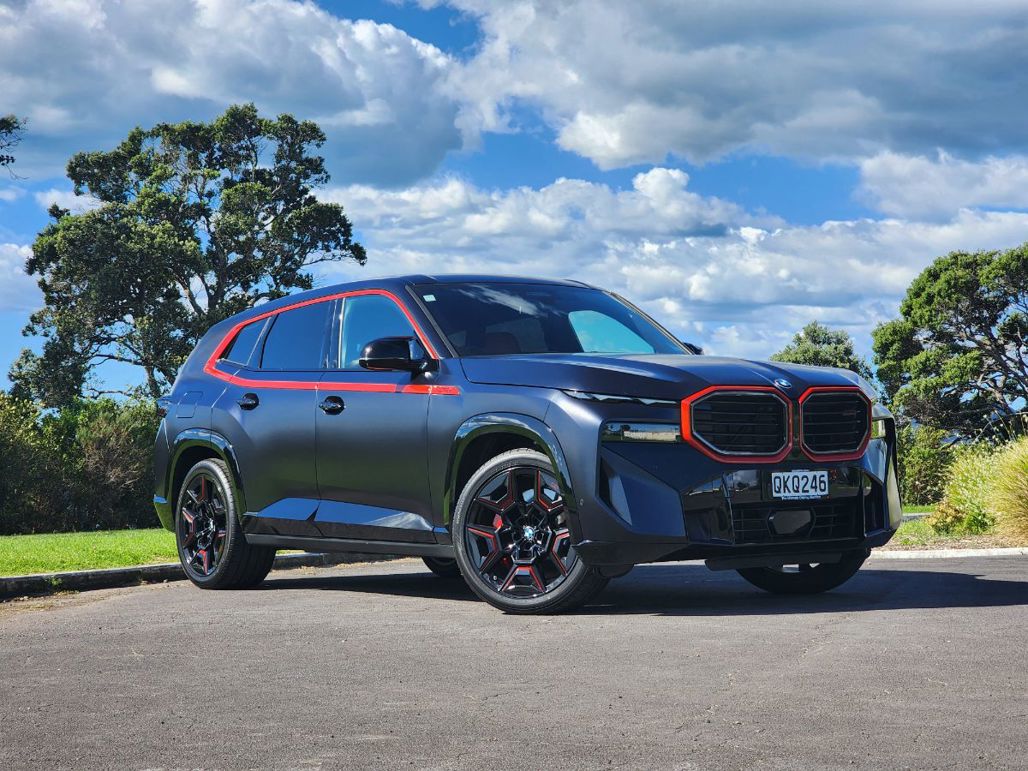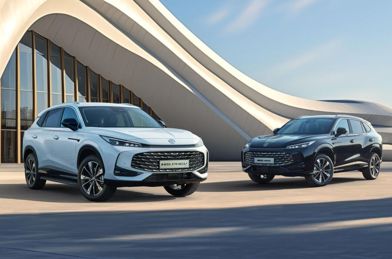Minister of Transport Simeon Brown has confirmed a further-reduced Road User Charge (RUC) rate for plug-in hybrid electric vehicles (PHEVs).

When RUCs for EVs kicks in in April 1, PHEVs will cost $38 per 1000km, a significant reduction from the original proposal of $53/1000km and exactly half the rate of pure-electric vehicles (BEVs), which remain at $76/1000km.
Rather entertainingly, it's all based on a mistake. The Government had argued PHEVs should be set at $53 per 1000km, a 30 per cent discount on what an equivalent diesel vehicle would pay.
Green MP Julie Anne Genter pointed out that this would make those vehicles very heavily taxed. Labour’s Transport Spokesman Tangi Uitkere said MPs on the committee heard a more appropriate RUC level would be a 50 per cent discount, or $38/1000km. Labour MPs had an amendment drafted to that effect.

They put the amendment to the committee, expecting it to be voted down by the Government majority. Instead, the committee voted it through unanimously... in error.
Transport Minister Brown was aware of the mistake and said the Government was open to the idea of keeping the change. So that's where RUC will stay for PHEVs.
Motor industry's response
MIA chief executive Aimee Wiley says: “The MIA and other industry associations had submitted to the Select Committee deliberating the regulations that this would be iniquitous and proposed a lower figure. We are pleased that the Select Committee has heard these submissions and recommended a reduced rate which the government has accepted.
“Based on average fuel consumption of new petrol hybrid vehicles sold in the last two years, MIA analysis showed that at the initial proposed RUC rate, a PHEV would pay 70 per cent more than an equivalent hybrid petrol vehicle, and a BEV would pay 95 per cent more.
“This would unfairly disadvantage owners of PHEVs, whose battery range can vary according to model and age, and potentially discourage the uptake of these low-emissions vehicles and undermine progress to reduce transport emissions."





